Celebrities of computers world
These are the great figures in computing who shaped computers as we know them today.
Order by name o by birth date:
These are the great figures in computing who shaped computers as we know them today.
Order by name o by birth date:
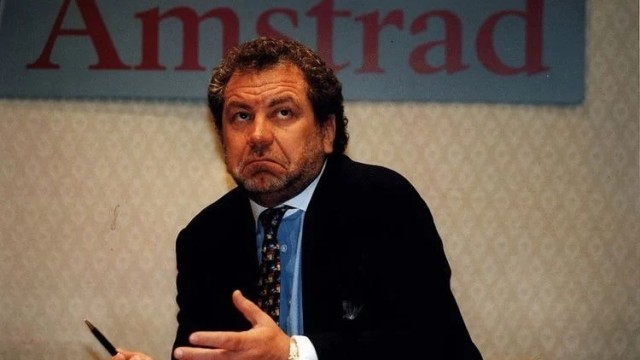 Alan Sugar
Alan Sugar  Hackney (London) [United Kingdom]
Hackney (London) [United Kingdom]
Sugar founded Amstrad (Alan Michael Sugar Trading) in 1968. It began as an importer/exporter and general wholesaler, but soon specialized in consumer electronics, eventually manufacturing its own products.
In 1984, recognizing the opportunity of the personal computing era, Amstrad launched the Amstrad CPC 464, an 8-bit machine that competed with machines like the Commodore 64 and the popular Sinclair ZX Spectrum.
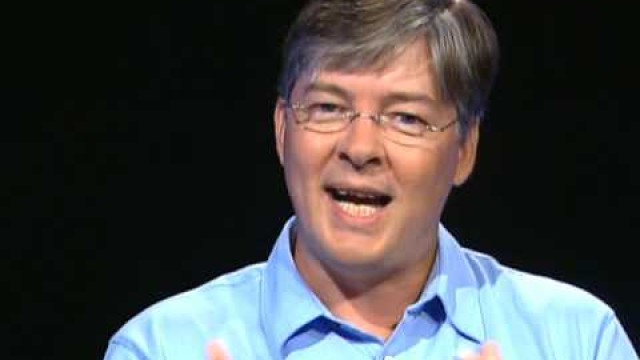 Anders Hejlsberg
Anders Hejlsberg  Copenhagen [Denmark]
Copenhagen [Denmark]
In 1983, while working at Borland, Anders developed Turbo Pascal, a development IDE that integrated a compiler for the Pascal programming language. He later became the principal architect of Delphi. In 1996, he was hired by Microsoft, where he led the development of the J++ programming language. He is credited with creating the C# programming language (C Sharp) and has been the principal architect of the team developing this language since 2000. In 2012, Hejlsberg led the development of TypeScript, Microsoft's open source programming language.
 Andrew Fluegelman
Andrew Fluegelman  [USA]
† 1985
[USA]
† 1985
He was an editor, programmer, and lawyer, known as a pioneer of what is now known as the shareware business model for software marketing.
He was also the founding editor of PC World and Macworld and a leader of the New Games movement of the 1970s, which advocated for non-competitive game development.
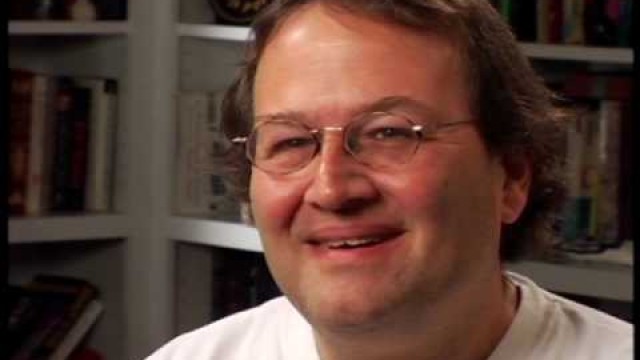 Andy Hertzfeld
Andy Hertzfeld  Philadelphia [USA]
Philadelphia [USA]
After purchasing an Apple II in January 1978, he joined Apple Computer from August 1979 to March 1984, where he was a software designer for the Macintosh system.
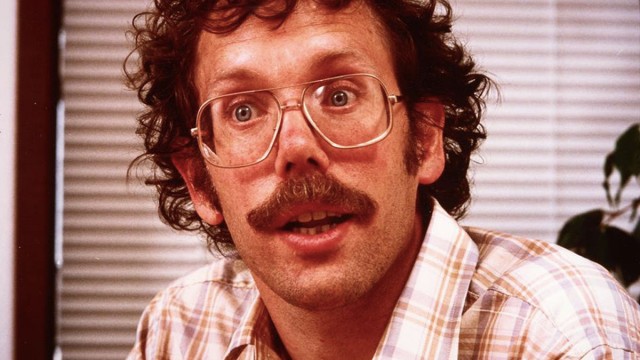 Bill Atkinson
Bill Atkinson  [USA]
† 1951
[USA]
† 1951 He was a prominent employee of Apple Computer, in charge of part of the graphical interface.
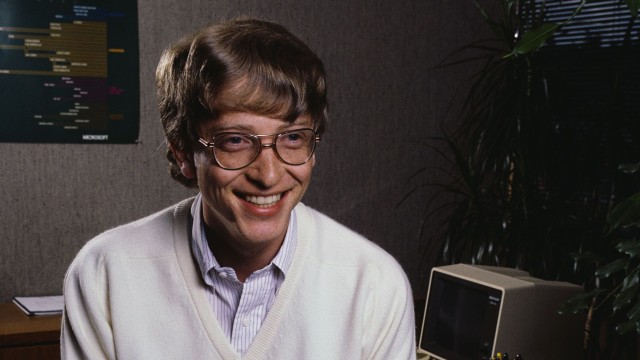 Bill Gates
Bill Gates  Seattle [USA]
Seattle [USA]
Bill Gates is a computer industry magnate, founder, along with Paul Allen, of the Microsoft company.
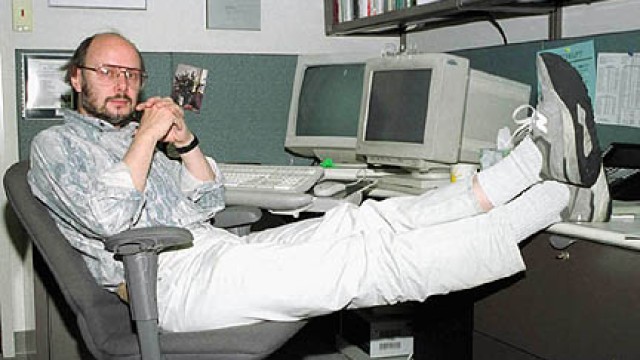 Bjarne Stroustrup
Bjarne Stroustrup  Aarhus [Denmark]
Aarhus [Denmark]
Professor of Computer Science at Texas A&M University, known for developing the C++ programming language.
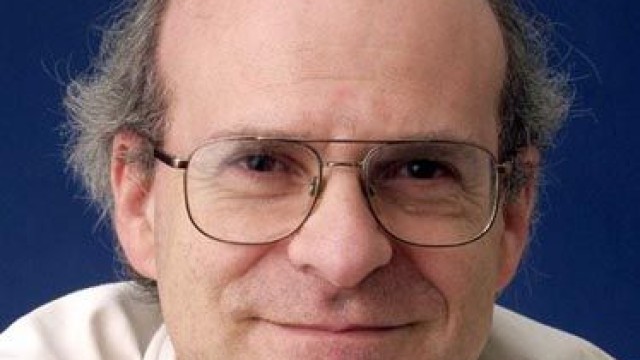 Bob Frankston
Bob Frankston  New York [USA]
New York [USA]
Creator of the famous VisiCalc spreadsheet along with Dan Bricklin that boosted sales of the Apple II computer.
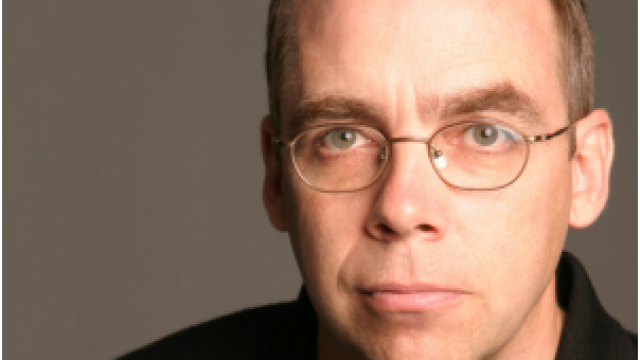 Brent Townshend
Brent Townshend  Toronto [Canada]
Toronto [Canada]
The inventor and electrical engineer who created the concept for 56k modems in 1996.
These modems, which operated in the voice frequency band, were capable of download speeds of up to 56,000 bits per second.
Initially, there were two competing modem systems: K56flex and X2.
By the late 1990s, 56k modems were the most popular method of personal Internet access.
The characteristic sounds emitted by these modems were not, as with previous generations, a modulated signal of the data being transferred, but rather the data being transferred.
Communications were beginning to shift from analog to digital.
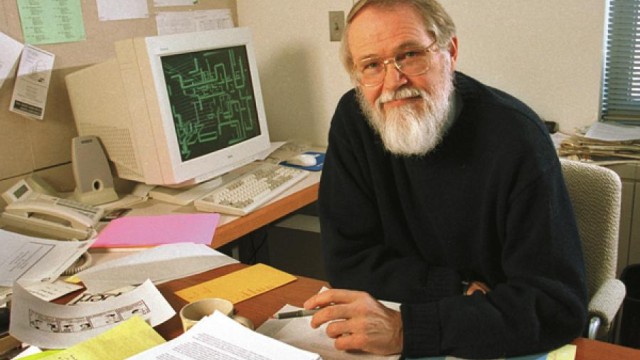 Brian Wilson Kernighan
Brian Wilson Kernighan  Toronto [Canada]
Toronto [Canada]
He is world-renowned for being one of the pioneering programmers who developed the Unix operating system kernel alongside Dennis Ritchie and Ken Thompson. He is also known as the father of the B programming language, the basis for the C programming language.
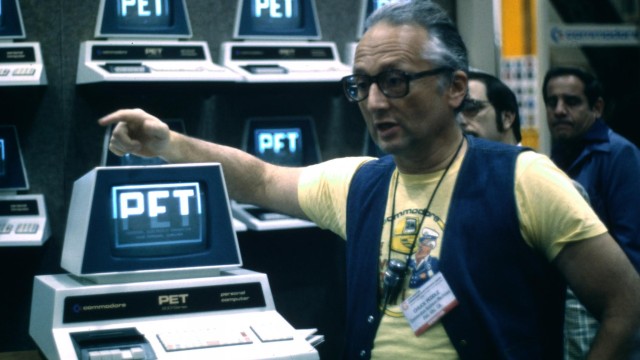 Chuck Peedle
Chuck Peedle  Bangor [USA]
† 2019
Bangor [USA]
† 2019 He was an American electronic engineer, main designer of the MOS Technology 6502 microprocessor, which equipped the KIM-1 microcomputer and its successor, the Commodore PET home computer.
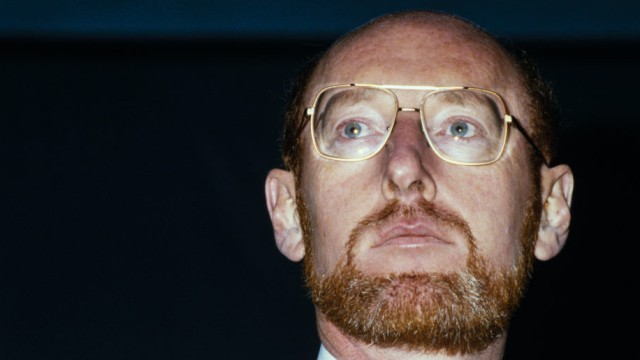 Clive Sinclair
Clive Sinclair  Richmond (London) [United Kingdom]
† 2021
Richmond (London) [United Kingdom]
† 2021 The inventor who set out to bring microcomputer technology to everyone, father of the hugely popular ZX Spectrum, the first computer on the market that families could afford.
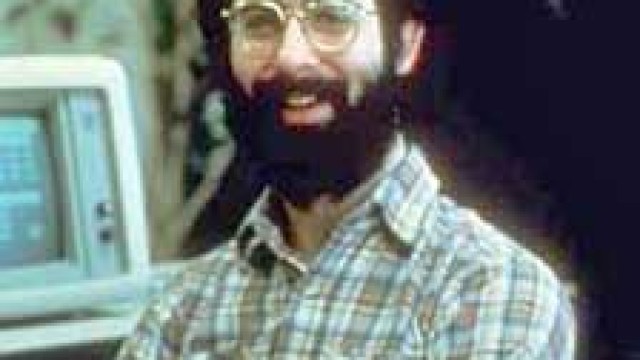 Dan Bricklin
Dan Bricklin  Philadelphia [USA]
Philadelphia [USA]
Dan Bricklin and Bob Frankston are the authors of the famous Visicalc software. The first version of Visicalc was developed for the Apple II; many believe the success of the latter was due to this combination.
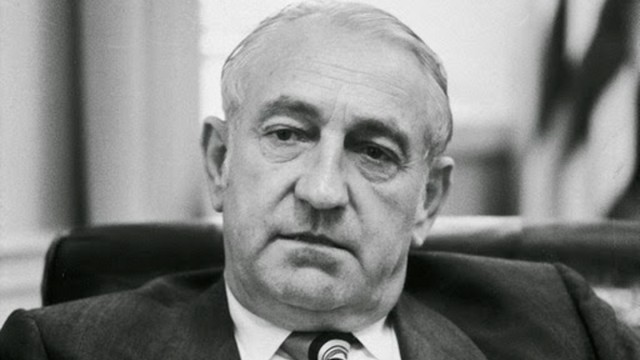 David Packard
David Packard  Town [USA]
† 1996
Town [USA]
† 1996 He was co-founder, along with Bill Hewlett, of the Hewlett-Packard company (HP).
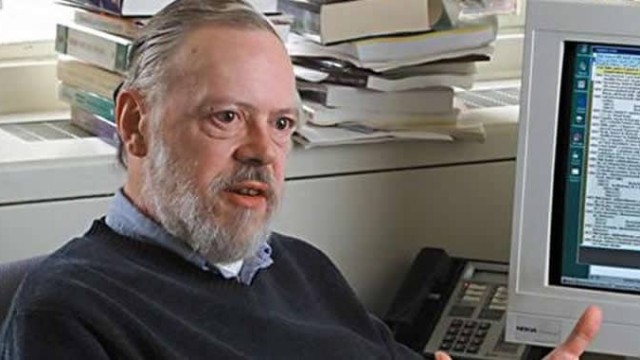 Dennis Ritchie
Dennis Ritchie  Bronxville (New York) [USA]
† 2011
Bronxville (New York) [USA]
† 2011 He was an American scientist who collaborated in the design and development of the Multics and Unix operating systems, and in the development of several programming languages such as C.
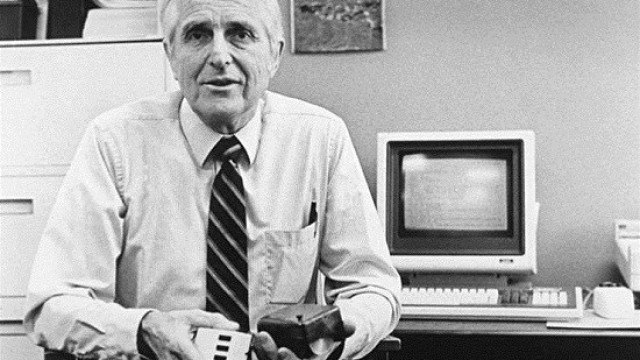 Douglas Engelbart
Douglas Engelbart  Portland [USA]
† 2013
Portland [USA]
† 2013 He is considered the father of the mouse, among many other contributions to modern computing.
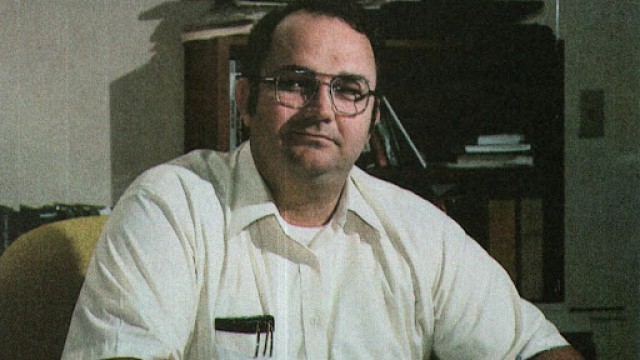 Ed Roberts
Ed Roberts  Miami [USA]
† 2010
Miami [USA]
† 2010 He developed the first commercially successful personal computer, the Altair 8800, which was featured on the January 1975 cover of Popular Electronics magazine and could be purchased as a kit from MITS (which he co-founded with Forrest Mims) for $397.
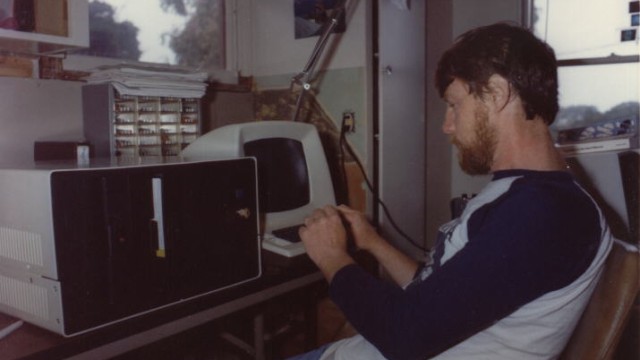 Gary Kildall
Gary Kildall  Seattle [USA]
Seattle [USA]
He was the creator of the CP/M operating system and founder of Digital Research, Inc., which refused to license the rights to its operating system to IBM, instead opting for Microsoft's DOS operating system, which would end up pushing it out of the market.
Paradoxically, years later, his company, Digital Research, released a version of DOS called DR-DOS, at the end of the operating system's lifespan, which enjoyed some success.
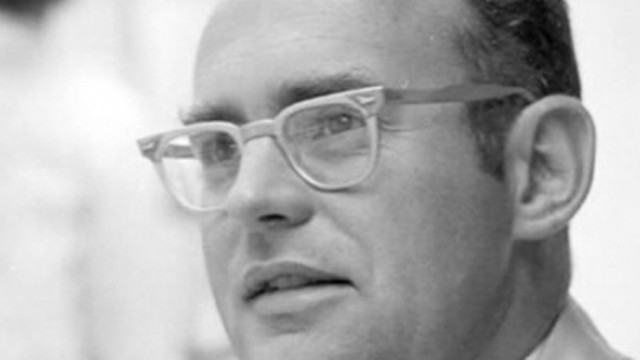 Gordon Moore
Gordon Moore  San Francisco [USA]
† 2023
San Francisco [USA]
† 2023 He was an American engineer and physicist, co-founder of Intel and author of Moore's Law.
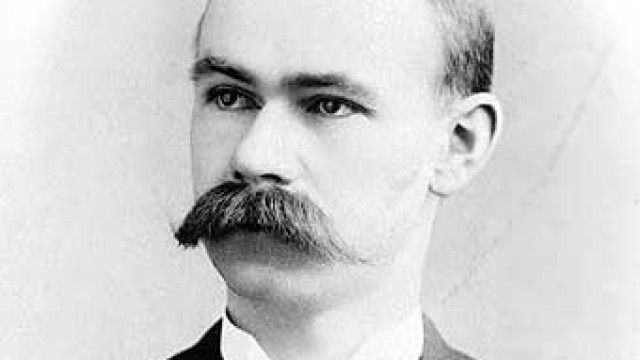 Herman Hollerith
Herman Hollerith  New York [USA]
† 1929
New York [USA]
† 1929
Herman Hollerith was a statistician who invented the punched-card tabulating machine.
He is considered the first computer scientist, that is, the first to achieve automatic data processing.
His invention of the punched-card tabulating machine marked the beginning of the era of automated data processing.
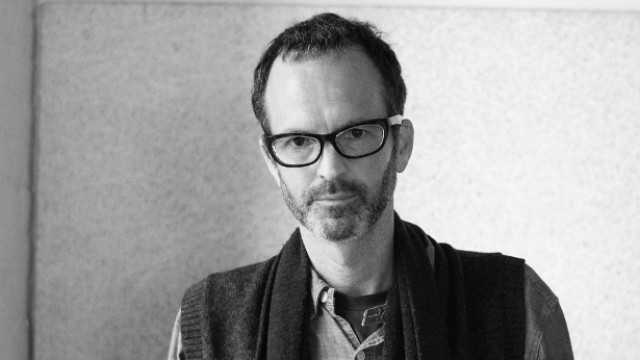 Hillman Curtis
Hillman Curtis  San Diego [USA]
† 2012
San Diego [USA]
† 2012 He stood out as a web designer and a pioneer in the use of Macromedia Flash Player, which for many years was an intrinsic part of the most advanced web pages.
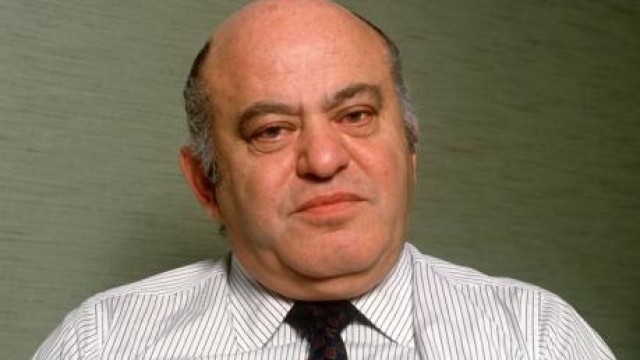 Jack Tramiel
Jack Tramiel  Lodz [Poland]
† 2012
Lodz [Poland]
† 2012 Polish-born American businessman, famous for founding Commodore International and later serving as CEO of Atari Corp.
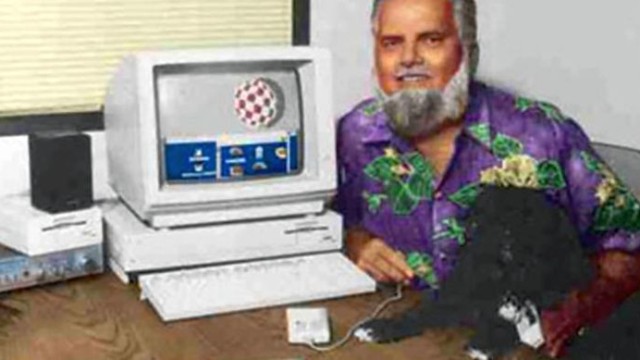 Jay Miner
Jay Miner  [USA]
† 1994
[USA]
† 1994 He was an integrated circuit designer, best known for developing multimedia chips for the Atari 2600 and Atari 8-bit families and as the "father of the Amiga".
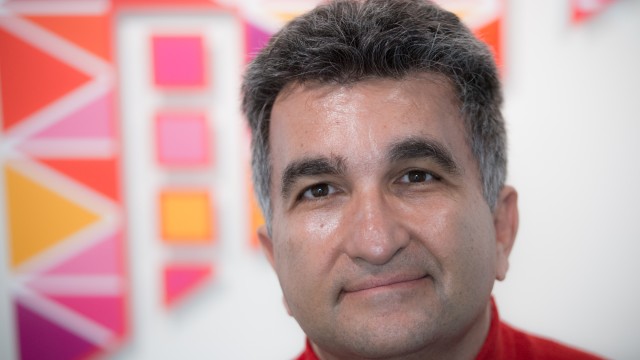 Jean Paoli
Jean Paoli  Beirut [Lebanon]
Beirut [Lebanon]
Jean is co-editor of the XML standard and co-created with Jon Bosak (and others) the W3C XML Working Group in July 1996.
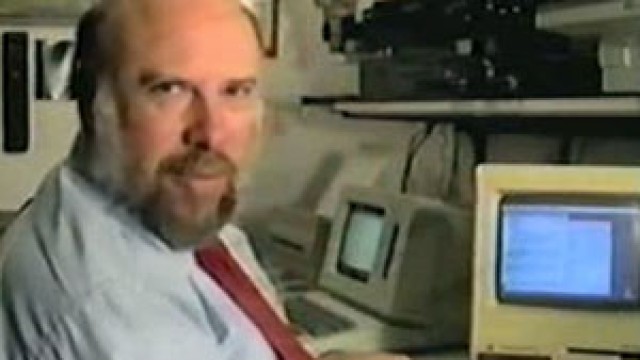 Jef Raskin
Jef Raskin  New York [USA]
† 2005
New York [USA]
† 2005 User interface designer. He is best known for founding the Macintosh project for Apple Computer in the late 1970s and for the Canon Cat computers for the Japanese company Canon, which were designed for the word processing market.
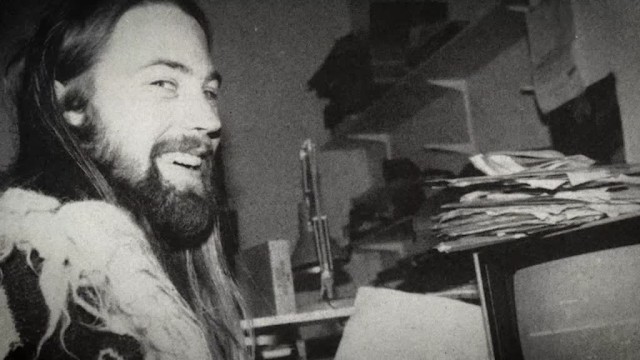 Jeff Minter
Jeff Minter  Reading [United Kingdom]
Reading [United Kingdom]
Jeff Minter (often called Yak) is an English video game designer and programmer, founder of the software company Llamasoft, and has created dozens of games throughout his career, which began in 1981 with games for the ZX80.
Minter's games are shoot 'em ups that contain references in the title or gameplay that demonstrate his fondness for ruminants (llamas, sheep, camels, etc.).
Many of his programs also contain psychedelic elements, as in some of the early "light synthesizer" programs, such as Trip-a-Tron.
Minter's works include the music visualization program Neon (2004), integrated into the Xbox 360 console, and the video games Gridrunner, Attack of the Mutant Camels, Tempest 2000, and Polybius.
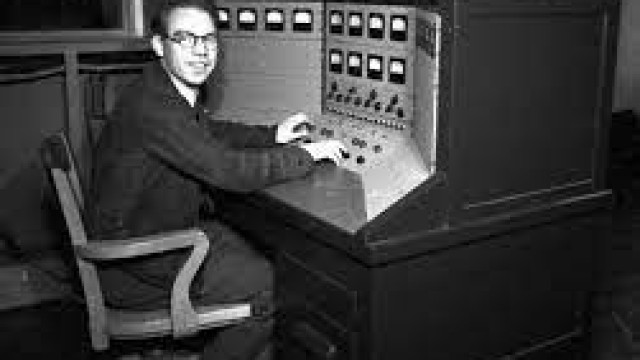 John Backus
John Backus  Philadelphia [USA]
† 2007
Philadelphia [USA]
† 2007
John Backus is the father of FORTRAN (an acronym for FORmula TRANslator), the first high-level programming language that had a major commercial impact.
He developed it at IBM with the intention of making it easier to program its calculators with a language more similar to the language of mathematics.
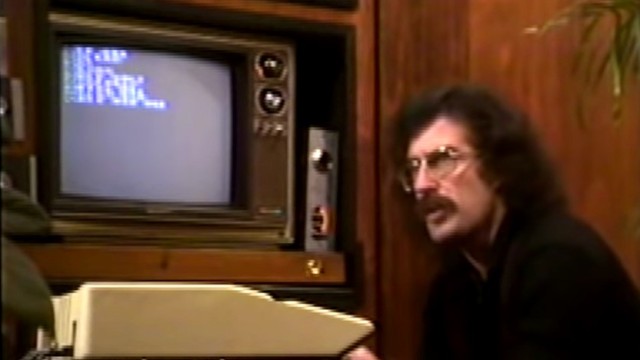 John Draper
John Draper  [USA]
[USA]
Known as Captain Crunch, he is an American programmer and phreaker, known within hacker culture for his research into telephone operation in the early 1970s, which allowed him to make long-distance calls for free.
He is well-known in the programming and cybersecurity worlds and often leads a nomadic lifestyle.
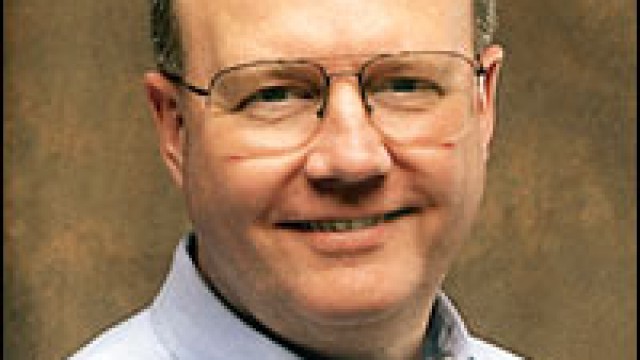 Jonathan Titus
Jonathan Titus  [USA]
[USA]
In 1974, he designed the Mark-8, the first 8-bit microcomputer based on the Intel 8008 chip, which could be purchased as a kit for self-assembly.
Its publication in Radio-Electronics magazine demonstrated the editors' interest in microcomputers, and just six months later, in January 1975, they announced the Ed Roberts Altair 8800.
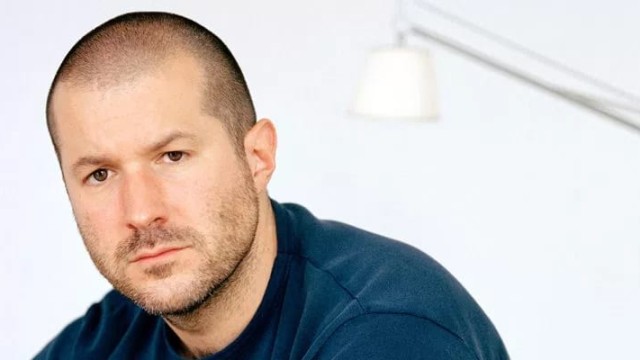 Jony Ive
Jony Ive  London [United Kingdom]
London [United Kingdom]
The English industrial designer was hired by Apple to design its new laptop in September 1992, following Steve Jobs' return to the company.
He was responsible for the design of the iMac, Power Mac G4 Cube, iPod, iPhone, iPad, MacBook, and parts of the iOS user interface.
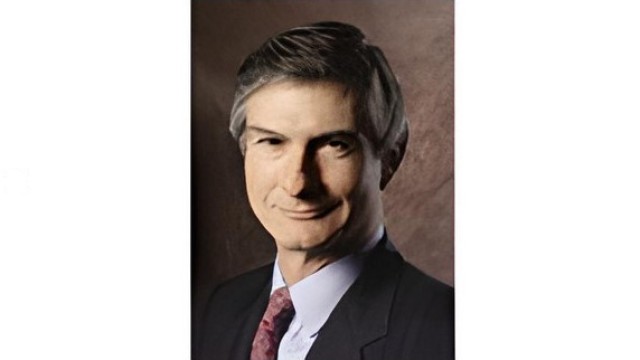 Larry Boucher
Larry Boucher  [USA]
[USA]
Larry Bouncher was the creator of the SCSI interface, originally developed at Shugart Associates, for transferring data between different devices on a computer bus.
It was standardized in 1986 and is commonly used on the Commodore Amiga and some Apple models.
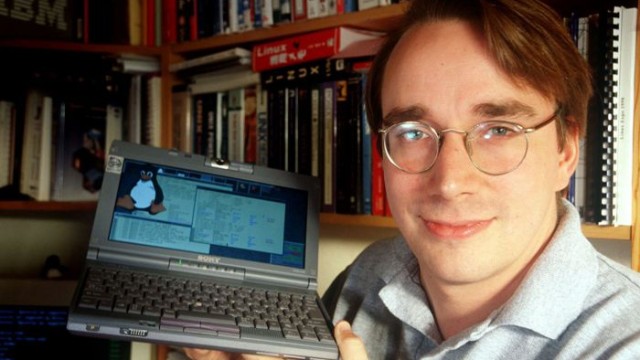 Linus Torvalds
Linus Torvalds  Helsinki [Finland]
Helsinki [Finland]
He is a Finnish software engineer, pioneer programmer and creator of the Linux Kernel in 1991.
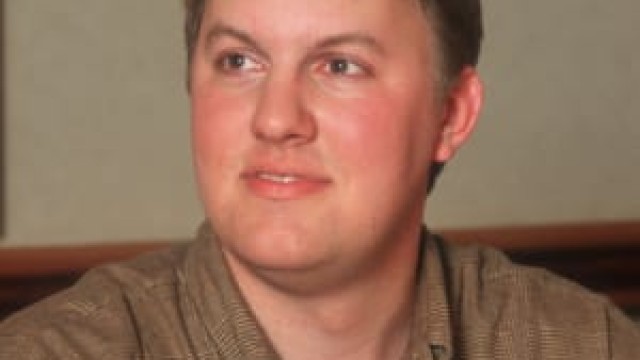 Marc Andreessen
Marc Andreessen  Cedar Falls [USA]
Cedar Falls [USA]
Co-author of Mosaic, one of the first web browsers with a graphical interface. And co-founder of Netscape Communications Corporation.
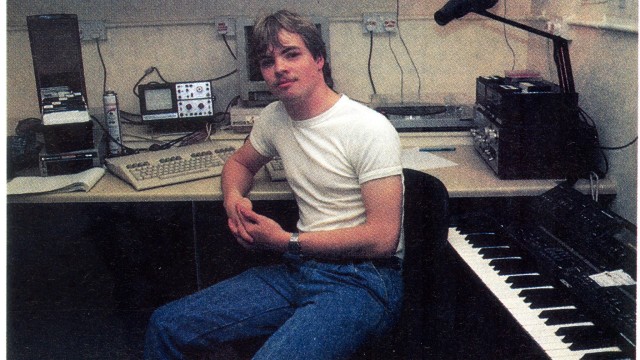 Martin Galway
Martin Galway  Belfast [United Kingdom]
Belfast [United Kingdom]
He is one of the most famous and prestigious composers of music for the Commodore 64's SID sound chip.
His best-known works include Arkanoid, Wizball, and Green Beret, as well as numerous melodies used during game loading, such as those developed by Ocean Software.
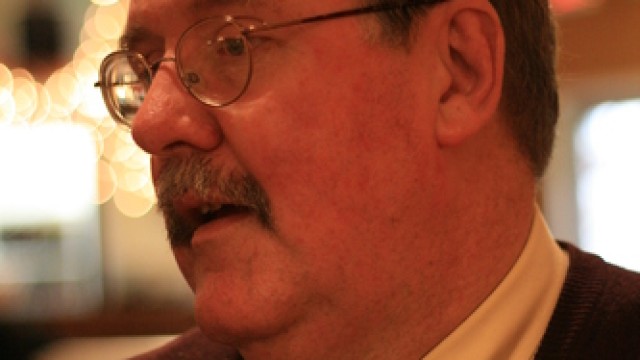 Michael Sperberg-McQueen
Michael Sperberg-McQueen  [USA]
[USA]
C. Michael Sperberg-McQueen is an American markup language specialist. He was co-editor of the Extensible Markup Language (XML) 1.0 spec (1998) and chair of the XML Schema working group.
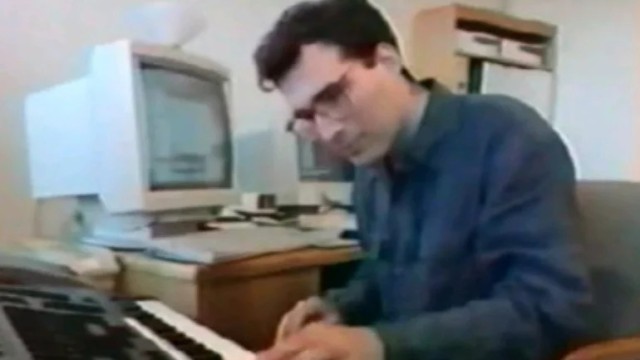 Michael Z. Land
Michael Z. Land  Boston [USA]
Boston [USA]
Mivchael Land is an American electronic musician and composer known for his compositions for several video games produced by LucasArts.
His first work was for The Secret of Monkey Island, but he wasn't entirely satisfied with the synchronization of the music with the game, and began working on the iMUSE interactive music system, which would be used to create subsequent games in the Monkey Island series and other LucasArts titles.
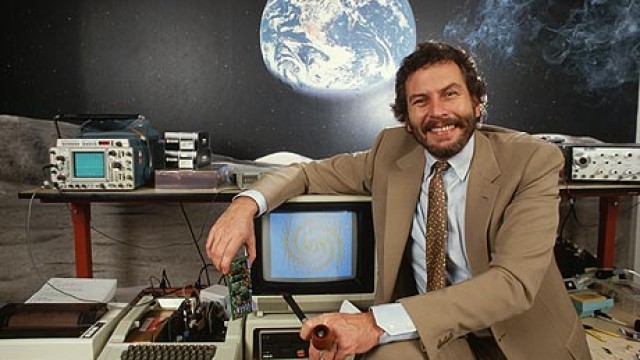 Nolan Bushnell
Nolan Bushnell  Clearfield [USA]
Clearfield [USA]
The electronic engineer who founded Atari with Ted Dabney at the age of 29.
 Philippe Kahn
Philippe Kahn  Paris [France]
Paris [France]
Kahn is one of the four founders of Borland, created in 1983 when young Danish programmer Anders Hejlsberg reached an agreement with Philip Khan to sell the Pascal compiler that Anders had created for personal computers. Turbo Pascal was a compiler with an “environment” concept that was revolutionary at the time.
The company would be acquired by Micro Focus in 2009.
Then came:
Starfish Software, founded in 1994 (acquired by Motorola in 1998), LightSurf Technologies, founded in 1998 (acquired by VeriSign in 2005),
and Fullpower Technologies, founded in 2003.
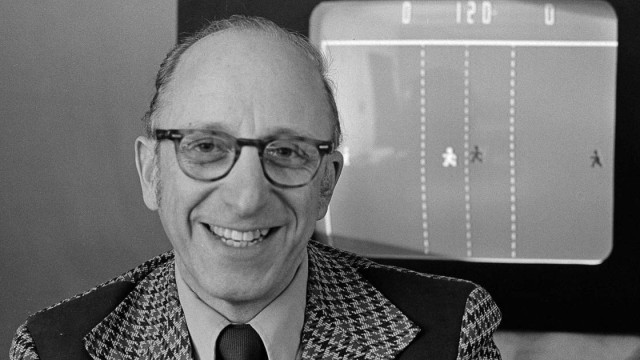 Ralph Baer
Ralph Baer  Rodalben [Germany]
† 2014
Rodalben [Germany]
† 2014
Ralph Baer is popularly known as "the father of video games."
Born in Germany, his Jewish family moved to the United States fleeing the Holocaust when he was 16, where he would pursue his career.
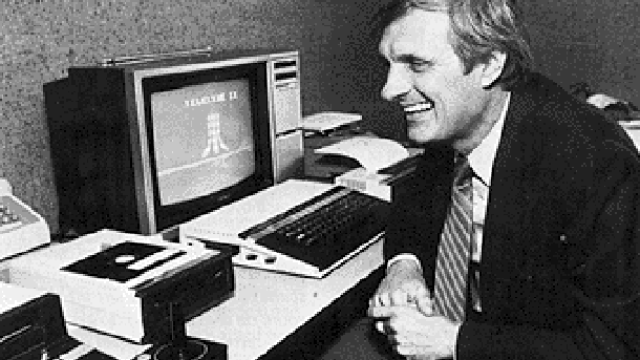 Ray Kassar
Ray Kassar  New York [USA]
† 2017
New York [USA]
† 2017 Ray Kassar was an American businessman, Chairman and CEO of Atari from 1978 to 1983.
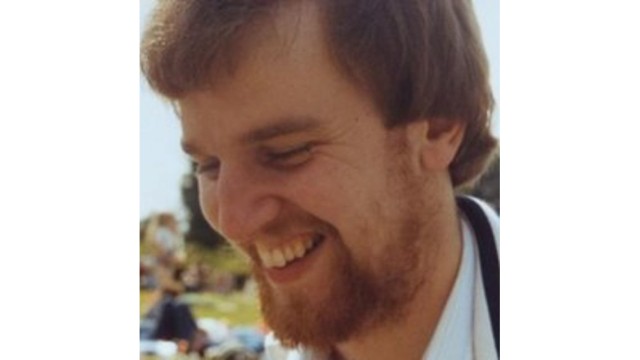 Richard Altwasser
Richard Altwasser  [United Kingdom]
[United Kingdom]
Engineer responsible for the hardware design of the ZX Spectrum.
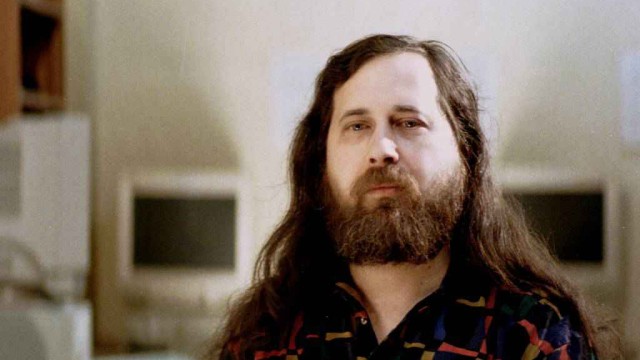 Richard Stallman
Richard Stallman  New York [USA]
New York [USA]
The MIT hacker and founder of the free software movement and the Free Software Foundation.
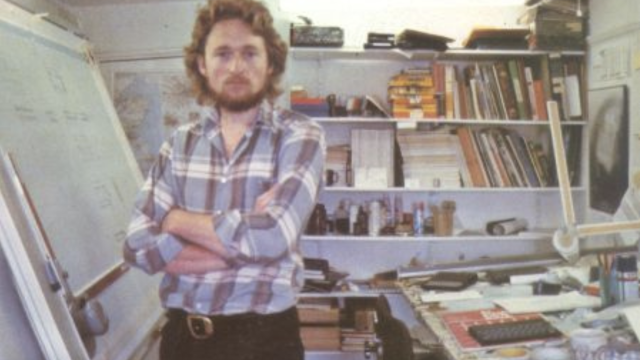 Rick Dickinson
Rick Dickinson  [United Kingdom]
† 2018
[United Kingdom]
† 2018 Rick Dickinson was the industrial designer working at Sinclair who designed the cases for the ZX80, ZX81 and Sinclair QL, as well as the distinctive rubber keypad for the ZX Spectrum.
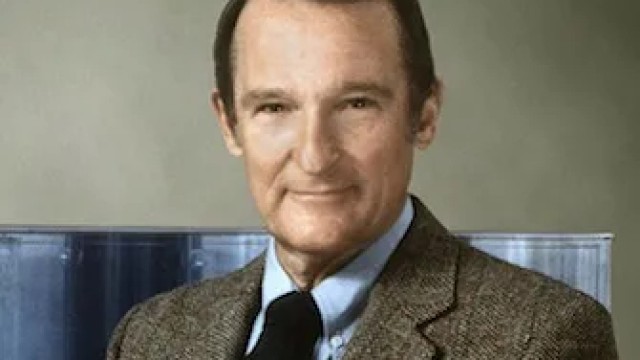 Seymour Cray
Seymour Cray  Chippewa Falls [USA]
† 1996
Chippewa Falls [USA]
† 1996 Cray is known as the father of supercomputers because he designed a series of computers that were the fastest in the world for decades.
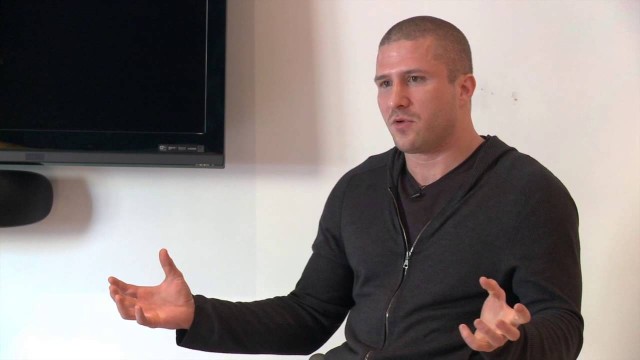 Shawn Fanning
Shawn Fanning  Brockton [USA]
Brockton [USA]
He was the programmer who created Napster, one of the first massively popular peer-to-peer programs for sharing files on the Internet, in 1999. Its popularity was such that it led him to appear on the cover of Time magazine.
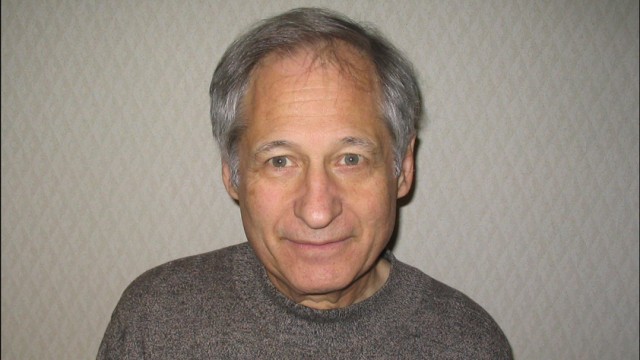 Stephen P. Morse
Stephen P. Morse  New York [USA]
New York [USA]
He was the chief architect of the Intel 8086 microprocessor, the first processor of the x86 architecture, which went on sale in 1978, and which served as the basis for its version with a reduced 8-bit bus for the IBM-PC and compatible computers.
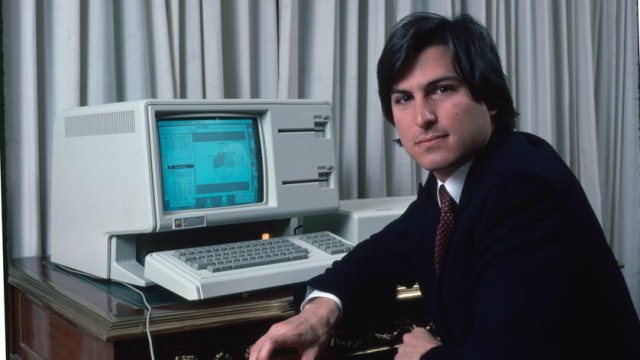 Steve Jobs
Steve Jobs  San Francisco [USA]
† 2011
San Francisco [USA]
† 2011 Steve Jobs was the co-founder and CEO of Apple, which he founded in 1976 with a childhood friend, Steve Wozniak, and with the help of Jobs's former Atari colleague, Ronald Wayne, in his garage.
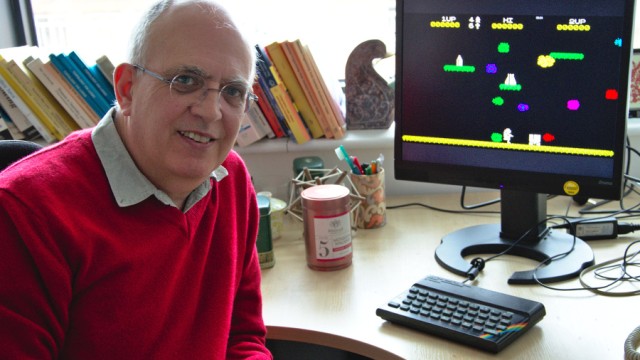 Steve Vickers
Steve Vickers  [United Kingdom]
[United Kingdom]
He wrote Sinclair BASIC for the ZX80, while working for Nine Tiles, and the ROM firmware and manuals for the Sinclair ZX81 and later the ROM for the Sinclair ZX Spectrum, as well as helping with user documentation, while at Sinclair.
 Steven Levy
Steven Levy  Philadelphia [USA]
Philadelphia [USA]
He is an American journalist who writes about computing, technology, cryptography, the Internet, computer security, and privacy.
He has published articles on the subject in Newsweek magazine, to which he contributes regularly.
He is the author of Hackers (1984) and Insanely Great: The Life and Times of Macintosh, the Computer That Changed Everything (1994), among other books.
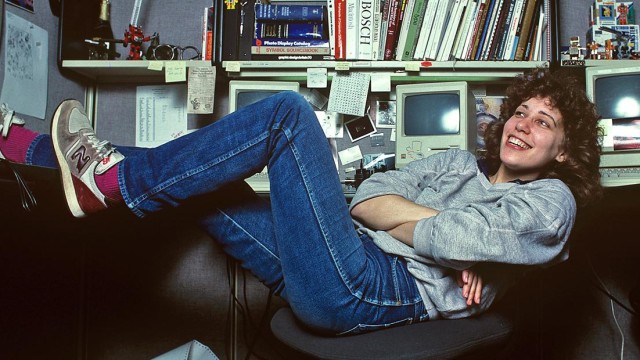 Susan Kare
Susan Kare  Ithaca [USA]
Ithaca [USA]
She was the graphic designer who created many of the elements of the Apple Macintosh graphical interface in the 1980s.
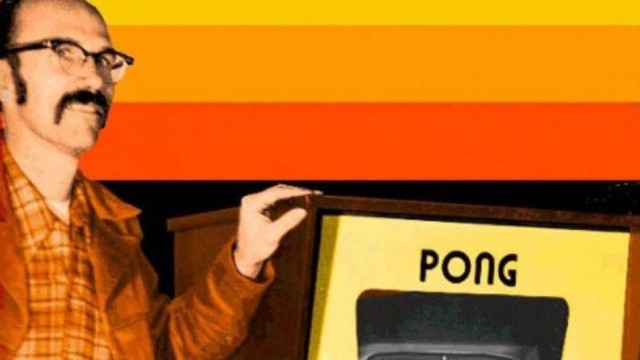 Ted Dabney
Ted Dabney  San Francisco [USA]
† 2018
San Francisco [USA]
† 2018 He was the co-founder of the Atari company, along with Nolan Bushnell.
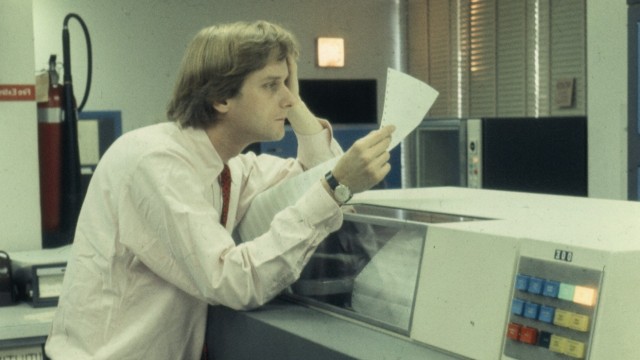 Ted Nelson
Ted Nelson  Chicago [USA]
Chicago [USA]
He is an American philosopher, sociologist, and information technology pioneer, known for coining the terms hypertext and hypermedia and for being the founder of the Xanadu project in the 1960s.
 [USA]
† 2018
[USA]
† 2018
Terrance Colligan was the founder of Rational Systems (later renamed Tenberry Software), which, among other things, developed the DOS extender DOS/16M (for 16-bit systems) and DOS/4G (for 32-bit systems). This extension would be remembered for its DOS/4GW version included with Watcom compilers, which would eventually become an industry standard.
There was also a DOS/4GX for Quarterdeck's DESQview/X.
This allowed programs that took advantage of the new processors' real mode to run, even though DOS ran in protected mode for backward compatibility.
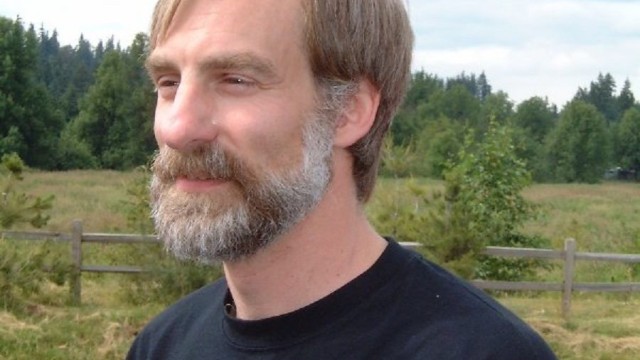 Tim Paterson
Tim Paterson  [USA]
[USA]
Tim Paterson was the creator of the QDOS operating system, which was an adaptation of CP/M (at that time the most common operating system for 8-bit computers) to the 8086 chip from Intel, which was acquired by Microsoft to be used as the operating system for the IBM PC with the name PC DOS, and which would later be widely known as MS-DOS. Microsoft also commissioned him to port the system to MSX computers, creating MSX-DOS.
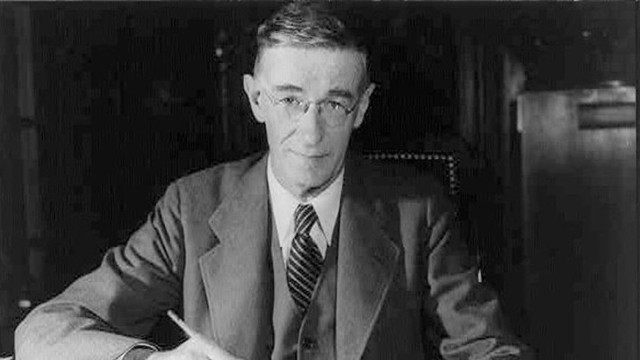 Vannevar Bush
Vannevar Bush  Everett [USA]
† 1974
Everett [USA]
† 1974 He is best known for his ideal of the Memex (MEMory indEX), a mechanical storage device for books, recordings, and communications, with very simple, fast, and non-linear searches; the Memex was never developed, but it inspired the work of his successors, Douglas Engelbart, Ted Nelson, and later, Tim Berners Lee.
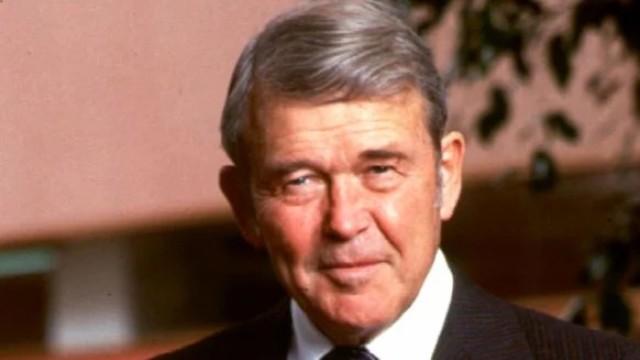 William Hewlett
William Hewlett  Michigan [USA]
† 2001
Michigan [USA]
† 2001 William Reddington Hewlett, the co-founder with David Packard of the Hewlett-Packard Company (HP).
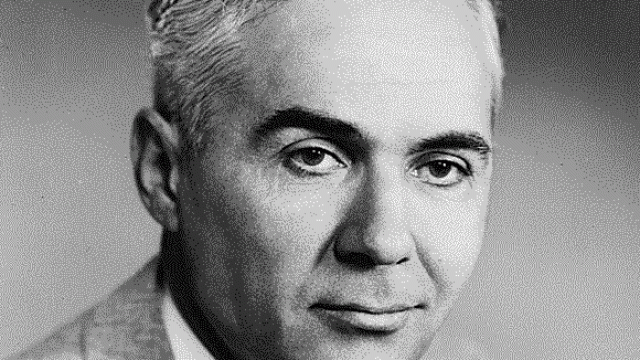 William Norris
William Norris  Nebraska [USA]
† 2006
Nebraska [USA]
† 2006 He was the founding CEO of Control Data Corporation, which became one of the largest and most respected computer companies in the world.